Module 3 - Benjamin-Mills
Module 3 - Benjamin-Mills
Module 3 - Benjamin-Mills
You also want an ePaper? Increase the reach of your titles
YUMPU automatically turns print PDFs into web optimized ePapers that Google loves.
USING THE IODINE CLOCK METHOD TO FIND THE ORDER OF A REACTION<br />
EP6.4<br />
QUESTIONS<br />
a Draw up a results table using the headings below:<br />
Mixture Concentration of Clock Rate Temp<br />
I – (aq)/mol dm –3 time /s /mol dm –3 s –1 /°C<br />
Table 2 Results table<br />
b Calculate values for the concentrations of iodide ions in the five<br />
reaction mixtures. Record these in the table, together with the<br />
corresponding times for the blue-black colour to appear (the clock<br />
times).<br />
c Which reactant, I – or S 2<br />
O 2– 8<br />
, is in excess in the reaction mixtures?<br />
The reactant not in excess will be used up in the reaction. It<br />
determines the total amount of iodine which can be produced.<br />
d What is the total amount in moles of iodine which can be produced<br />
by each of the reaction mixtures?<br />
e i What amount in moles of thiosulphate ions is added to each<br />
reaction mixture?<br />
ii What amount of iodine will be used up by thiosulphate ions<br />
during the course of each experiment?<br />
iii What percentage of the extent of reaction is studied during the<br />
experiments? (For the clock method to work well, the extent of<br />
reaction studied should be no more than 10–15% of the total<br />
extent of the reaction.)<br />
f The initial rate of the reaction can be measured in mol dm –3 I 2<br />
produced per second.<br />
i For each mixture, divide your answer to e ii by the time taken for<br />
the appearance of the blue colour, and so calculate the initial<br />
rate (in mol dm –3 s –1 ) at which each mixture reacts.<br />
ii Record the reaction rates in the table.<br />
g i Plot a graph of rate against concentration of iodide ions<br />
(horizontal axis).<br />
ii What is the order of reaction with respect to iodide ions?<br />
h A similar series of experiments shows that the reaction is first order<br />
with respect to S 2<br />
O 2– 8<br />
ions.<br />
i Write a rate equation for the reaction of peroxodisulphate(VI) ions<br />
and iodide ions.<br />
ii What is the overall order of the reaction?<br />
iii Calculate the rate constant for the reaction using the gradient of<br />
the graph you obtained in g i. Make sure you give the correct<br />
units and the temperature at which your measurements were<br />
made.<br />
„ Salters Advanced Chemistry 2000 – see Copyright restrictions<br />
193



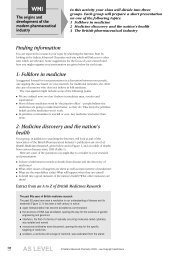
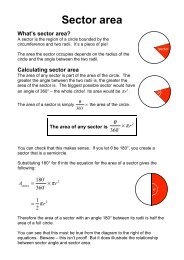
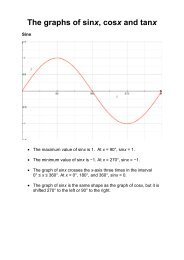
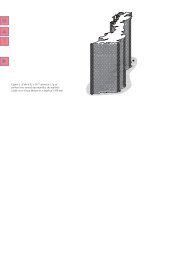

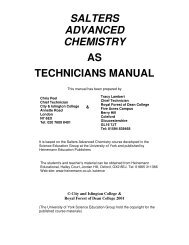



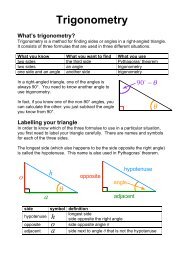
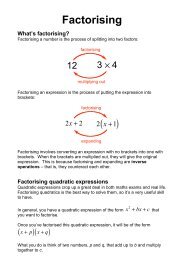
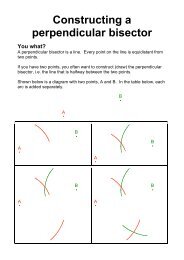

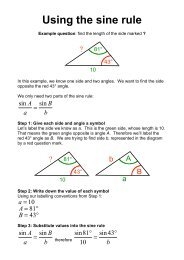
![ISI Web of Knowledge [v.4.10] - All Databases Results - Benjamin-Mills](https://img.yumpu.com/39253071/1/184x260/isi-web-of-knowledge-v410-all-databases-results-benjamin-mills.jpg?quality=85)